In recent months I have heard a GREAT MANY oft-repeated but factually wrong myths perpetuated about the Type 99 rifle and the supposedly dangerously unsafe "last ditch" Type 99.
Let me start this little edjumacation by stating it clearly: There is no such thing as a "last ditch type 99". This misnomer was begun when American servicemen, many of whom could not read or speak Japanese, did some stupid things when occupying post-war Japan. Chief among these idiocies was the firing of service ammunition in training rifles that outwardly appeared to be Type 38 or Type 99 rifles, but were actually crudely made training rifles with unrifled barrels. These were typically not marked as imperial arms and often stated clearly on them that they were drill or training rifles (in Japanese). The predictable grenading of rifles resulted and the "last ditch 99" was born. This perception was not helped by the crude exterior appearance of real late war type 99 rifles which mirrored the cost and time saving measures implemented in Nazi Germany in the Kriegsmodell K98k.
Another potential source of the moniker came from the Japanese Special Naval Rifle which had a cheaply cast pot-iron receiver and generally appeared to be an unsafe rattletrap to GIs. Today we know better and the Remington 710 essentially copied the Special Naval Rifle action of WW2 in that the bolt locked directly to lugs in the barrel, the receiver serving only to hold the bolt as it was cycled. Despite a shabby apeparance, these were functionally safe rifles.
But I digress...
Even more clearly: The Imperial Japanese Army did not issue unsafe rifles. Every Type 99 from the first to the last underwent the same proof tests and was built to fire many, many rounds. The areas of production that saw compromise were in fit and finish and metal conservation on things like buttplates and monopods that had no real field value. This is MUCH easier to illustrate in photographic format.
For reference, the first Type 99 series production began at Nagoya in August, 1939.
Here is a photo of an early Type 99, a 31st series Toyo Kogyo Type 99 made in 1940 (on top) compared to a 7th Series Nagoya late war rifle made in 1944. The bayonets shown with each rifle are of the proper vintage for that rifle. Although not unsheathed, the top blade is fullered and the bottom blade is not. The top rifle would have been issued with leather accoutrements (the leather sling shown is original to this rifle) and the lower rifle would have been issued with a mix of canvas and rubberized canvas accoutrements as depicted.
Right away there are some obvious cosmetic differences, but surprisingly few functional differences. Both rifles have the same rifling (metford pattern) and are in 7.7 Japanese, though the early rifle enjoyed the excess (for that timeframe) of a chrome-lined bore. The bolts have the same lug pattern and are functionally identical, though methods of manufacture differ. Barrel length and overall length is the same and both are battle-sivhted to 300m. and one rifle incorporated an (ineffective) stabilizing monopod for long-range shooting and anti-aircraft sights that were not oft used in combat.
Factory markings of the Toyo Kogyo:
And the Nagoya:
Next you'll notice the receiver markings. This is an important point - despite the crude appearance, the IJA accepted this late war rifle into the Emperor's service and it was marked and issued as a full Type 99. A few hundred rifles after this 7th series was made, Nagoya stopped stamping the receivers "Type 99". This should be regarded as another time-saving measure introduced to the "substitute standard" variants, generally characterized by fixed sights, short hand guards, and cruder external finishes. The "substitute standard" is not to be confused with "last ditch" as per my comments above. What was basically intended was that until some point point, probably around the time they dropped the Type 99 receiver script, the intent was that after Japanese victory, the rifles with shortcuts on them might later be upgraded to the early type 99 pattern with things like monopods and dust covers. The final months of the war ushered in some last changes like the omission of sling swivels, omission of the dust cover slots in the receiver, etc. This last one is odd considering dust covers had not been installed at most factories since 1941.
Now let's look at sights. The early Type 99 had aiming arms that could be deployed to shoot at low-flying aircraft. This might be the most useless feature ever fielded by a ww2 belligerent. Essentially unless you were shooting at a WW1 biplane, you wouldn't hit a damn thing. Also, the optimistic idea that Japanese infantrymen would direct effective fire (in volleys) out to 1500m was a nonsensical leftover from the Russo-Japanese war when area-fire machine-guns had yet to be fielded in any numbers. In practise, IJA troopers used the 300m battle sight, and in the late-war rifle, the 300m battle sight pitcure remained totally unchanged. The sighting profile of both rifles is identical.
Next we move to the front sights. Both rifles use the same blade adjustable in the same manner. The original pattern front sight guards were dropped mid-war as the protection they offered was dubious to begin with and took valuable machining time to produce. Today you often see them mis-shapen on issued rifles, giving testament to their fragility. You will also note the early rifle has a finely form-stamped and machined set of barrel bands while the later rifle's bands are made of bent and welded flat stock. the latter was much cheaper to manufacture and worked just as well.
Perhaps no image will better illustrate the sacrifice of form over function as Japan's war fortunes worsened than the following photo. From the bolt root to the bolt face, both bolts are identical, though the later war bolt has less post-machining polishing on the body and the chrome lining is omitted from the bolt face. Here the similarities end. The early war bolt was forged as one piece and carefully machined to contour, all machining marks polished away and the whole assembly was mated to a sheet metal dust cover that was likely the product of Japanese observers on the Western Front in 1917. The late-war bolt was made from a cylindrical ingot to cut down on machining steps with the bolt handle left only as a short stub. A crudely cast (from low grade steel) bolt handle was then welded to the bolt body and the seam ground flush. The cocking piece was made without serration and the arc weld joining the gas shield to the shaft was left undressed to act as the "serration" to provide grip. Both bolts are indiscernibly similar in smoothness and function. If anything the late-war bolt is a little easier to operate as it is not slowed by dust cover friction and the handles are a little longer owing to the extra length needed to facilitate handle welding.
Finally, nothing screamed cheap to US servicemen like a wooden buttplate crudely nailed to the stock. This is a clear attempt by the Japanese to conserve steel after the US NAVY had ruthlessly culled the Japanese merchant fleet. The wooden plate is functional but certainly adds to the cheap appearance of the substitute 99.
As a final word, Major General Julian S. Hatcher, in Hatcher's Notebook was clear in his defence of the Arisakaaction, including the late-war action. In his opinion, backed by tests at Aberdeen Proving Grounds, the Arisaka was stronger than even a late-production M1903. Doesn't sound very "last ditch" to me.
For clarity on this matter, Hatcher cited that the Arisaka was loaded up to 120,000 psi at which time the testing was stopped with no observed failures. All other military bolt actions tested started to have blown extractors at around 70,000 psi and started shedding locking lugs at around 90,000 psi. Some of the bolt actions tested were the 03 Springfield, 1917 Enfield, and the German 98 Mauser.
Hopefully that clears a few things up and lays some myths to rest Information
Information

Warning: This is a relatively older thread
This discussion is older than 360 days. Some information contained in it may no longer be current.
- Knowledge Library

- MKL Entry of the Month
- Australia
- Austro-Hungarian Empire
- Canada
- Czechoslovakia
- Denmark
- Finland
- France/Belgium
- Germany
- Italy
- Japan
- Norway
- Russia
- South America
- Sweden
- Switzerland
- Turkey
- United Kingdom
- United States
- Yugoslavia
- Is my rifle authentic or a fake?
- Jay Currah's Lee Enfield Web Site
- On-line Service Records (Canada)
- Technical Articles/Research
- Forum
- Classifieds

- What's New?
-
Photo Gallery

- Photo Gallery Options
- Photo Gallery Home
- Search Photo Gallery List
-
Photo Gallery Search
- Video Club

- iTrader












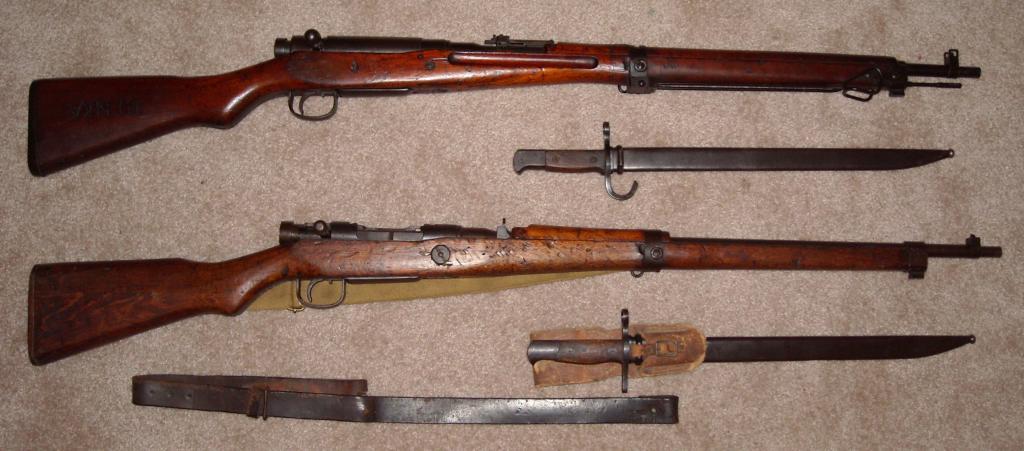
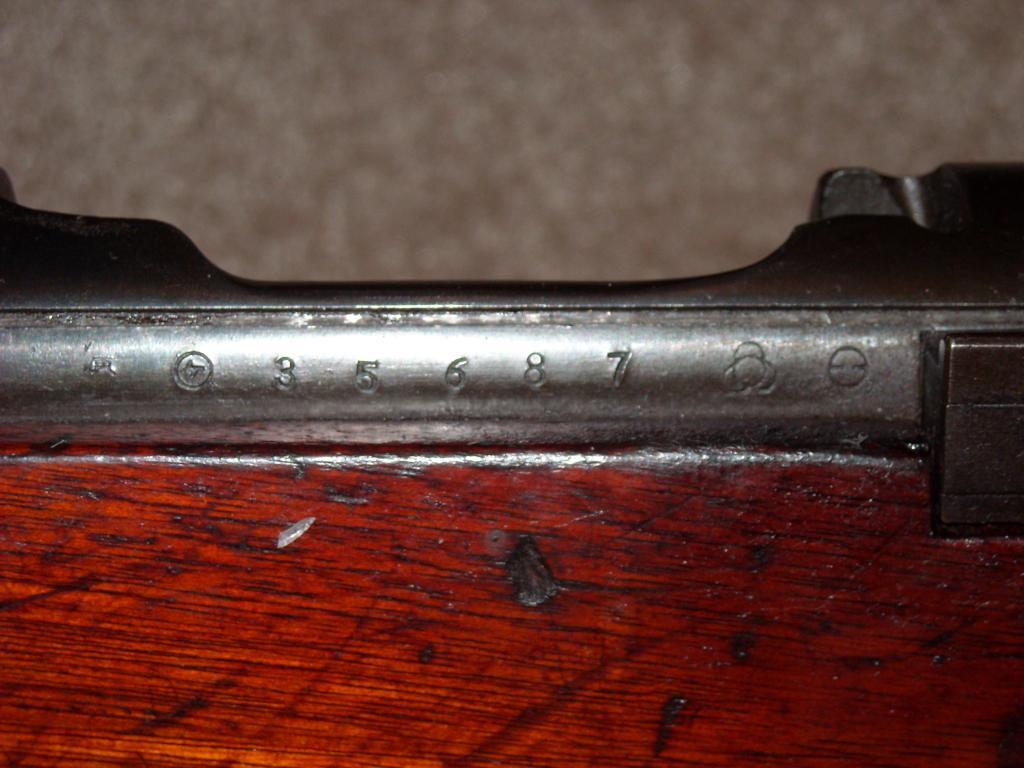
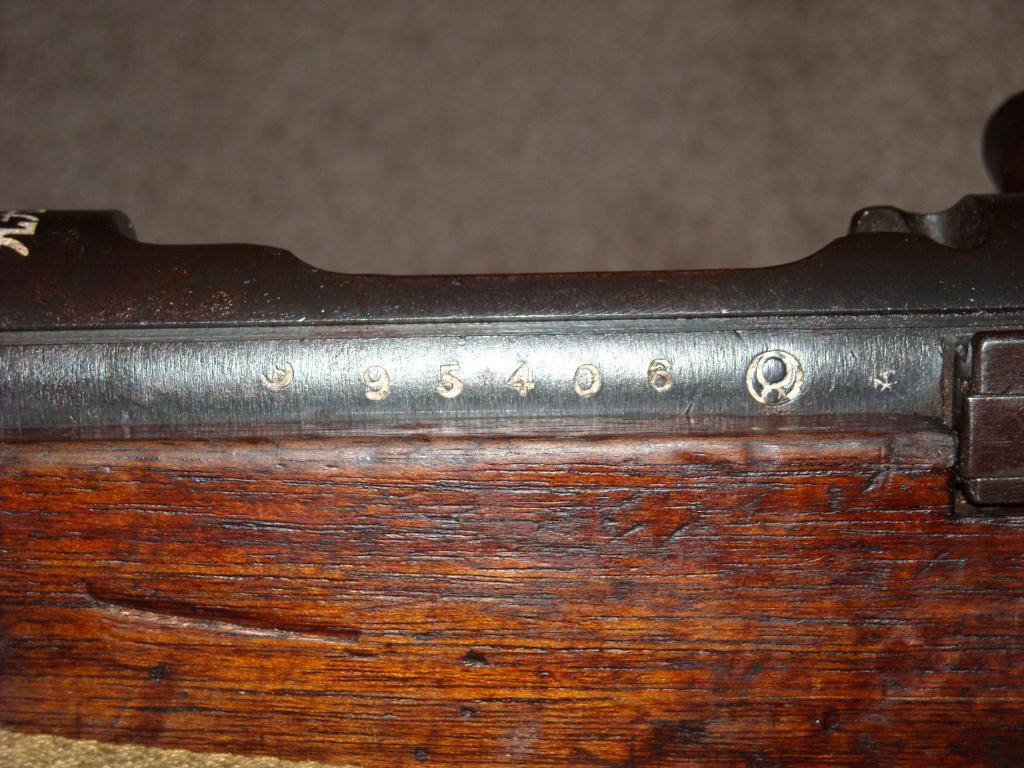
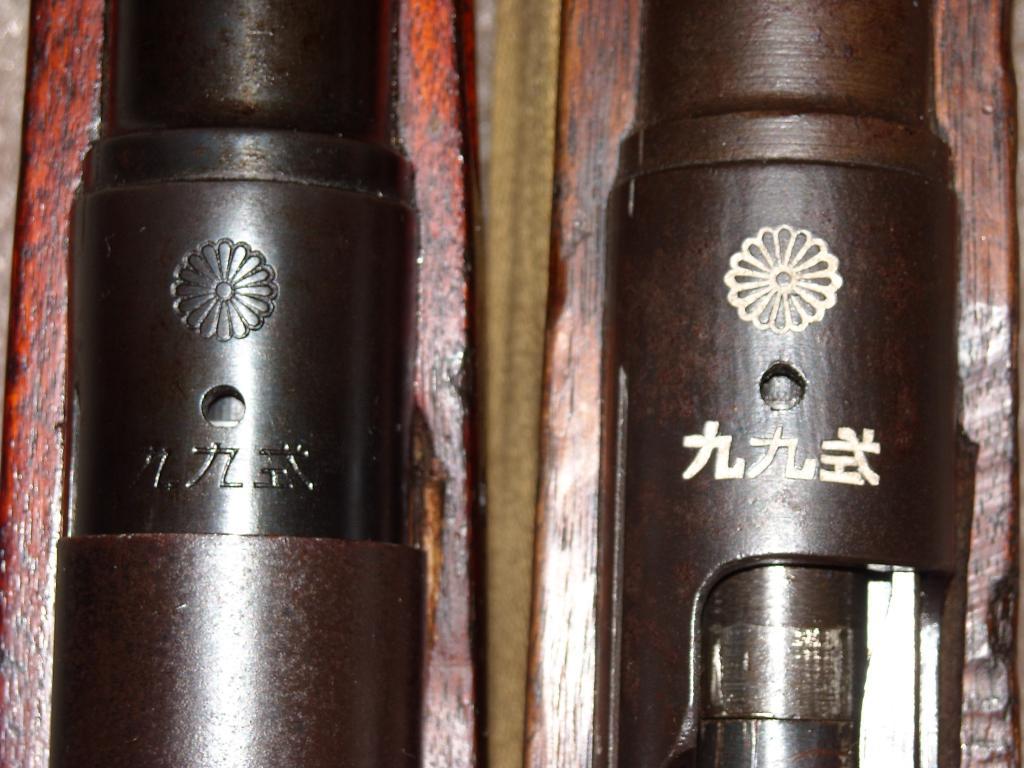
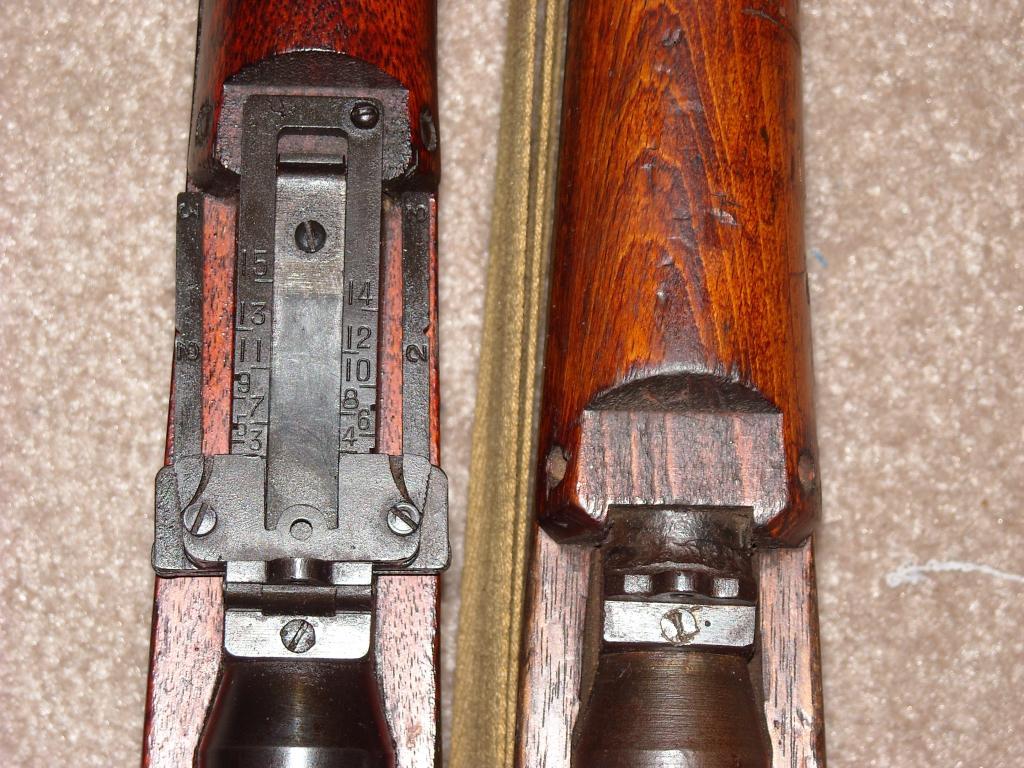
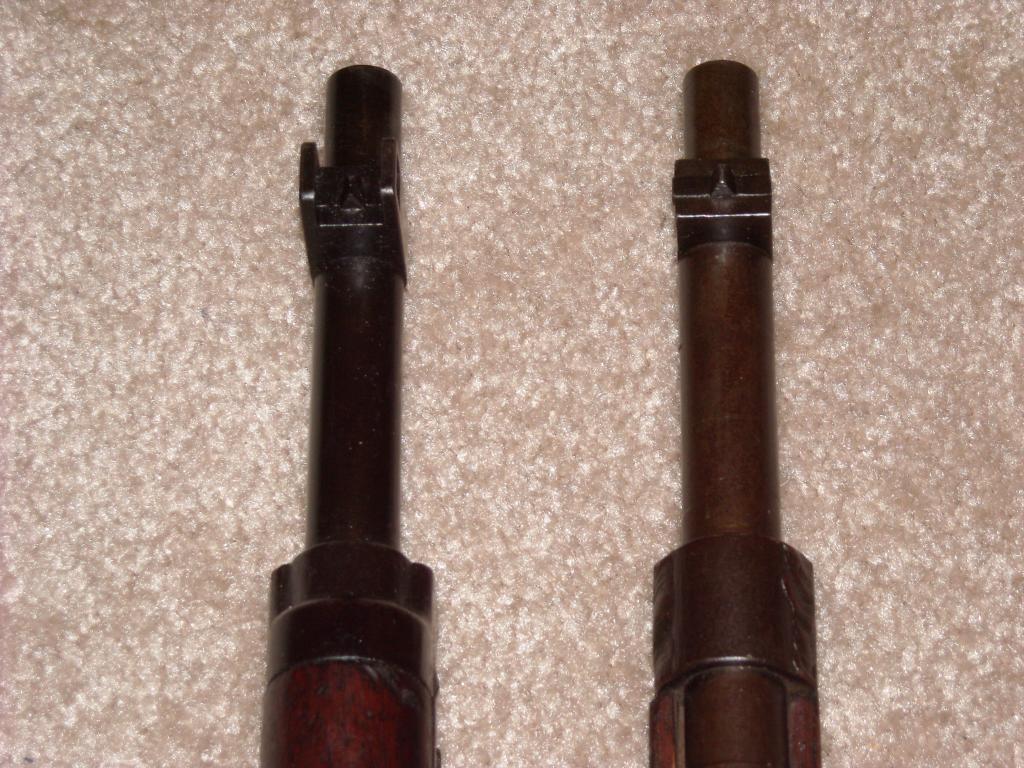
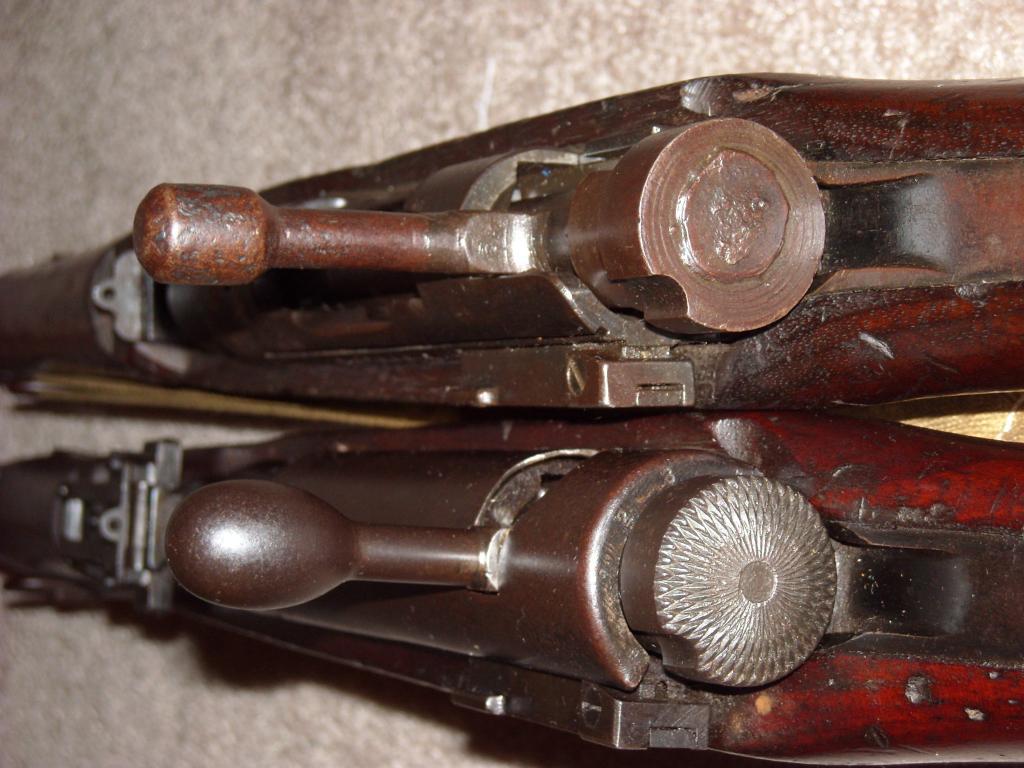
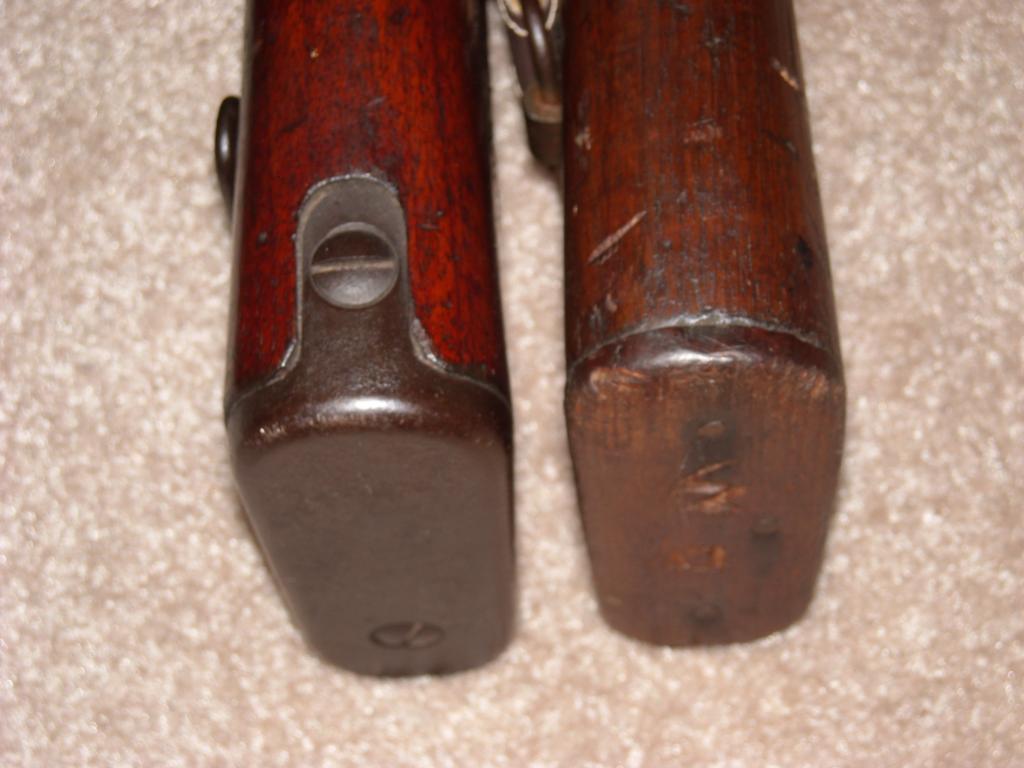

 PM
PM
